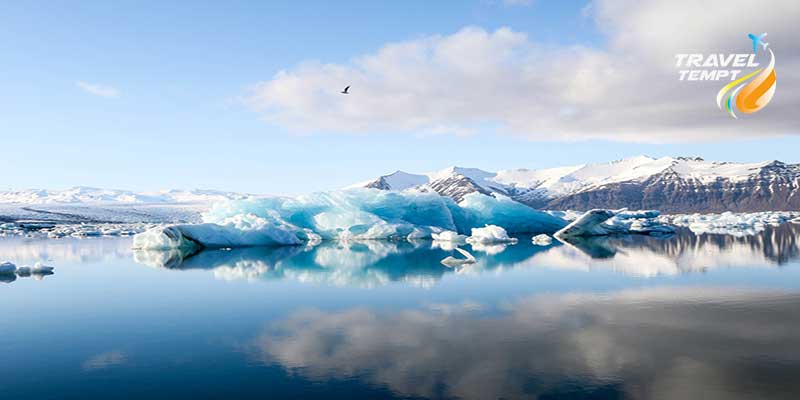Travelers looking for something new should head to Iceland, a country known for its amazing landscapes, volcanic wonders, and rich cultural heritage. Although this Nordic island is breathtaking year-round, choosing the best time to visit Iceland will dramatically enhance your vacation.
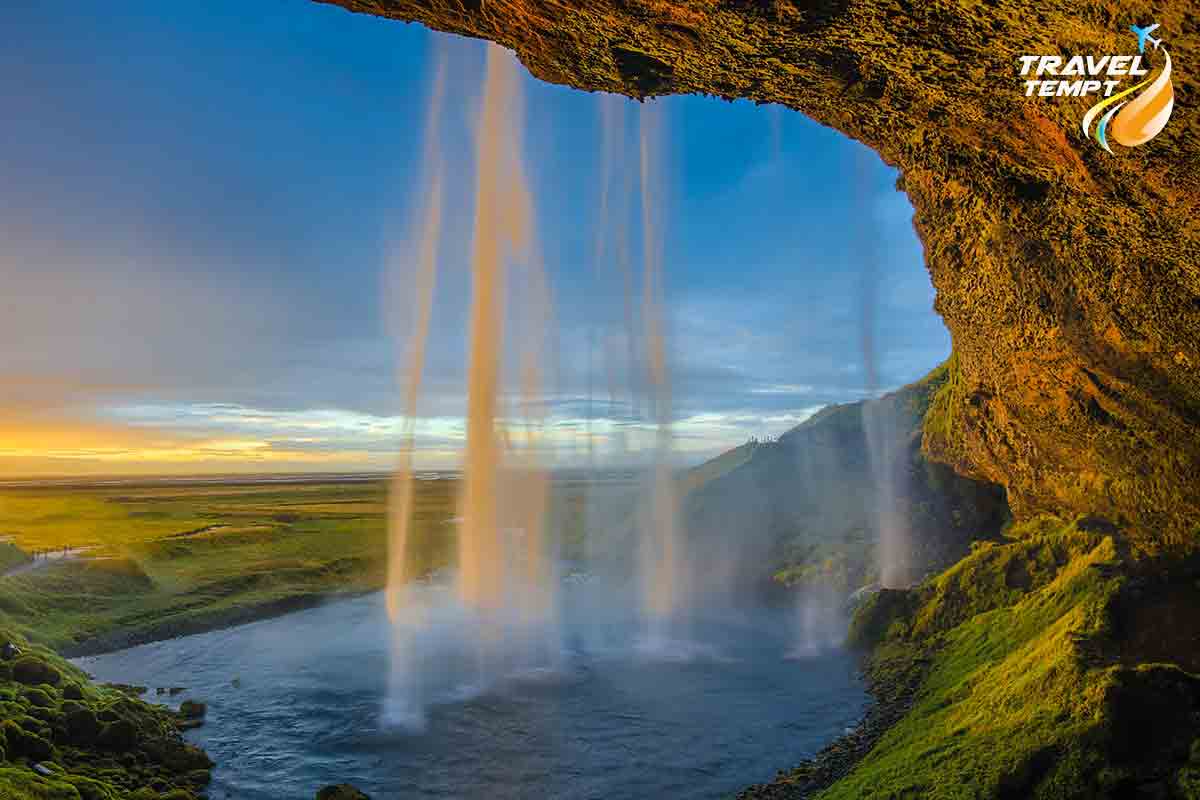
The beautiful scenery of Iceland constantly changes, revealing new aspects of its natural treasures with every passing season. A trip through nature’s handiwork, discovering the various geological elements takes you from the verdant summer landscapes to the snow-covered winter scenes.
Also Read: Diamond Beach
Best Time To Visit Iceland For Whale Watching
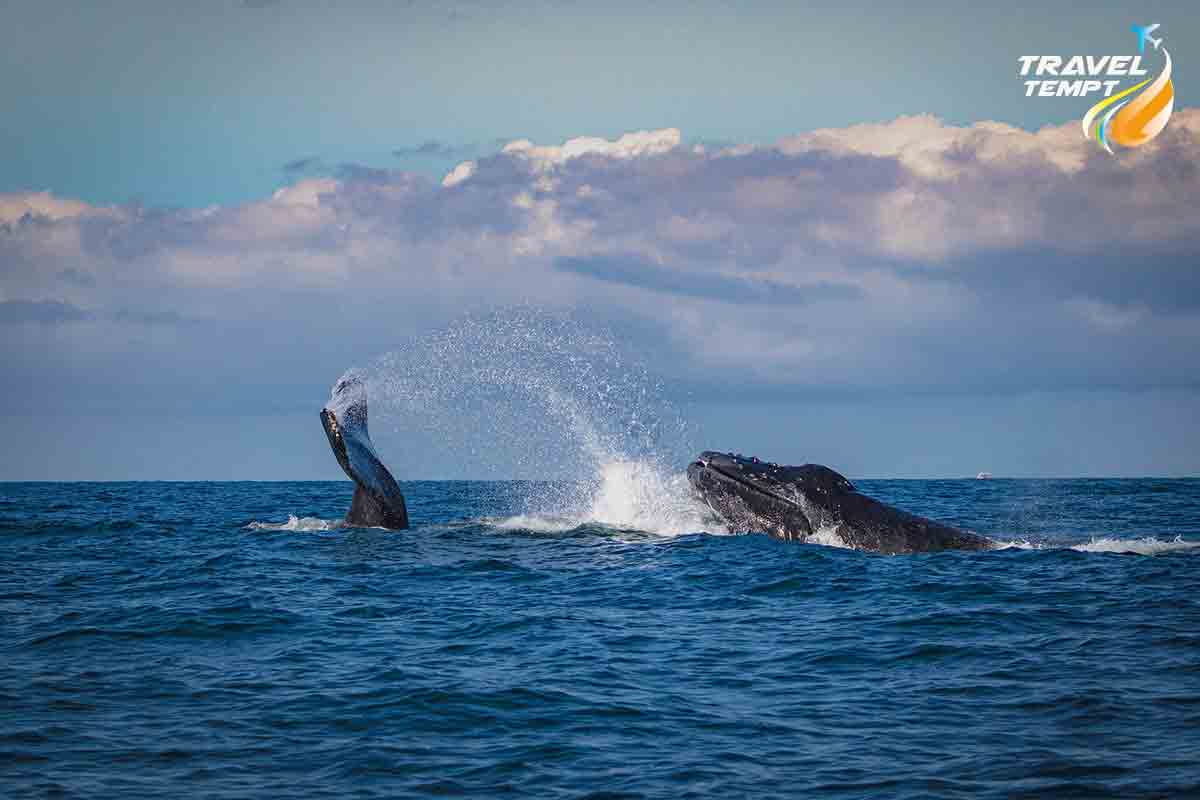
The summer season, notably from late May to early September, is the best time to visit Iceland for whale watching. As they migrate to the abundant feeding grounds around Iceland, this time of year presents the best possibilities to see whales.
Minke whales, humpback whales, and orcas are the most frequent whales that you might see. A few species, like the elusive blue whale, are also seen at this time.
Whale-watching trips guided by skilled regional guides are recommended who are familiar with the best locations and can provide insightful information on the area’s marine ecosystems.
The Best Time To Visit Iceland For Northern Lights
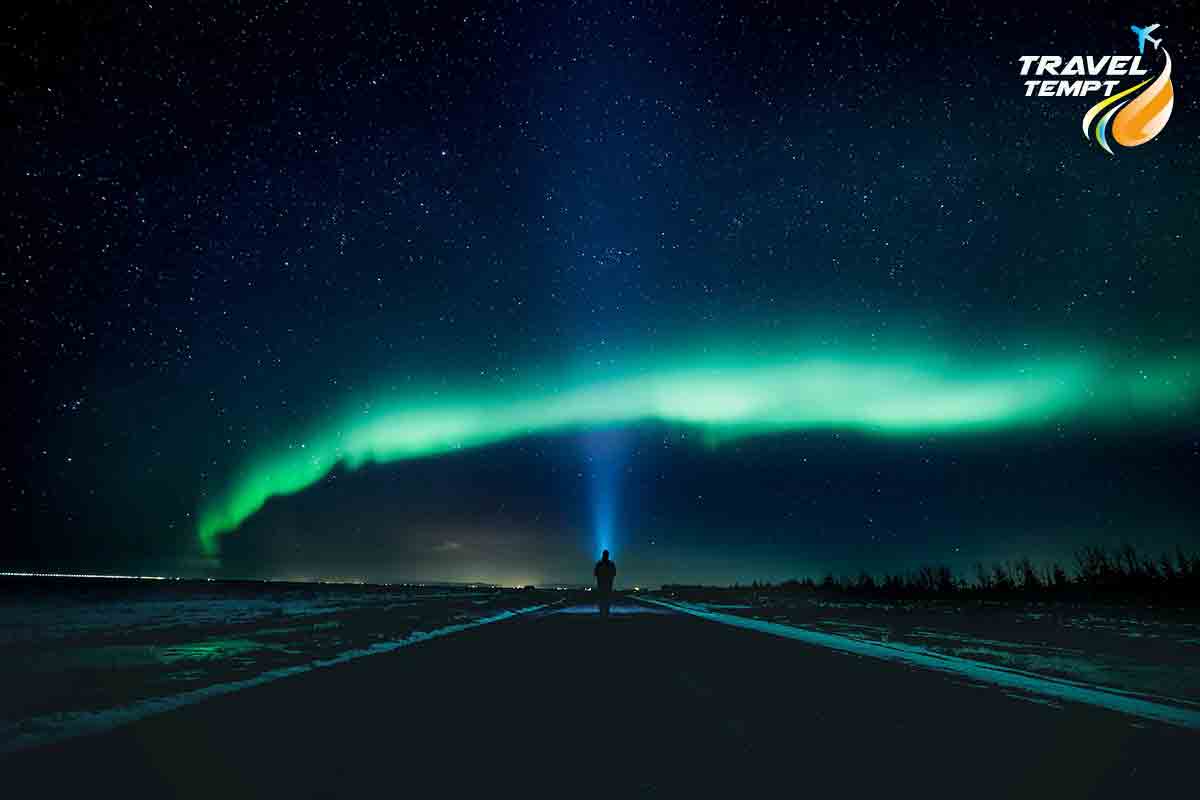
The Aurora Borealis, often known as the Northern Lights, can be seen best in Iceland during the winter, specifically from late September to early April.
The best times to view this natural light show are from October to March when it is the darkest and the nights are the longest. The nights are the longest during this time, boosting the opportunity of viewing the Northern Lights.
It’s essential to remember that the Northern Lights are phenomena of nature and are best seen in locations with little light pollution. Clear and gloomy skies can make the auroras more visible.
Best Time To Visit Iceland Blue Lagoon
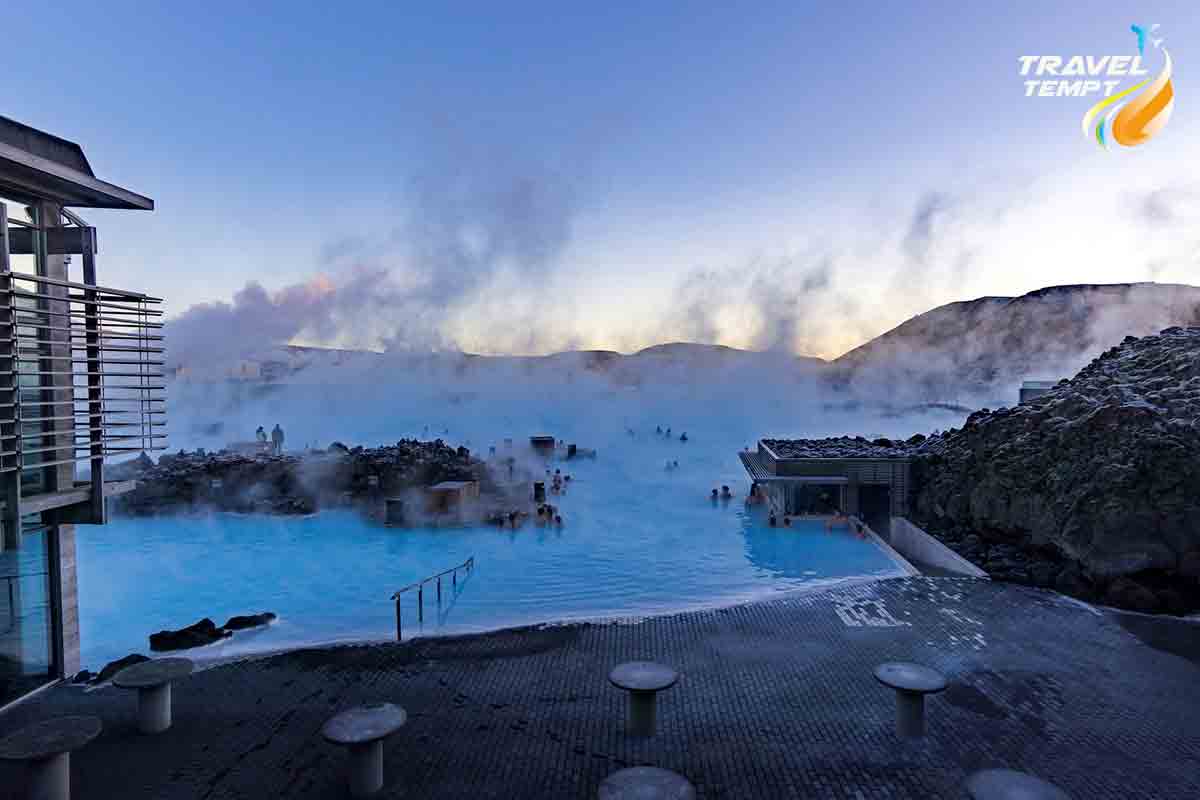
The Blue Lagoon is best visited year-round. Throughout Iceland in November, the contrast between the warm water and the cool air can be rather enjoyable.
The magnificent lava fields surrounding the Blue Lagoon give it an excellent, exotic atmosphere. For the Blue Lagoon, reservations are essential, especially if you want to visit during the busiest time of year.
You can reenergize yourself there. There is an in-water bar where you can buy a drink or enjoy the gorgeous landscape, and the warm water is ideal for floating.
When Is The Best Time To Visit Iceland
Although Iceland offers beautiful vistas, its weather can be erratic. By choosing the best time to go, you can improve your trip. If you want to see the midnight sun, witness the Northern Lights, or visit ice caves, you must be aware of the seasonal variations in Iceland.
But, with its ever-changing weather, the question of when to visit Iceland arises. Let’s begin on a monthly journey to learn about the details of each season and choose the best time to visit Iceland.
Iceland in January
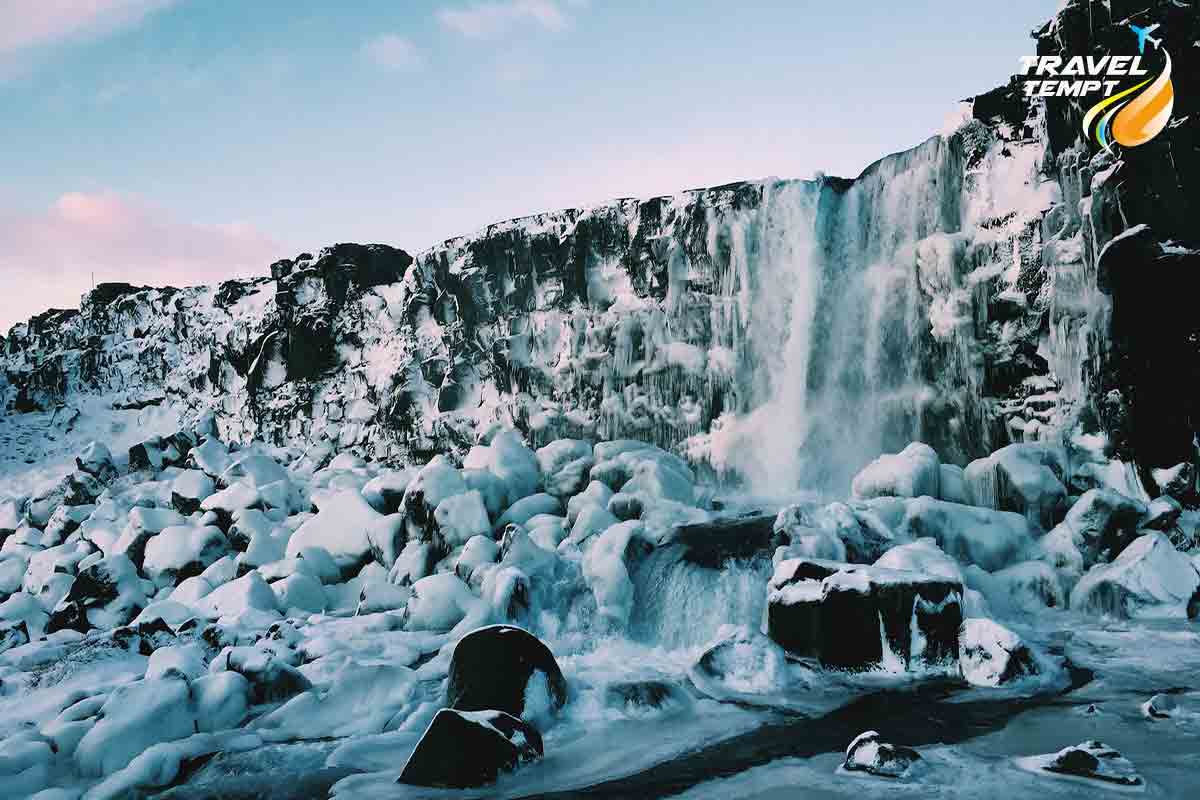
Iceland in January is a fascinating, though difficult, place to visit. An immaculate layer of snow covers the island, turning the scenery into a winter paradise.
Although the chilly weather, which can reach lows of -1°C to 4°C (30°F to 39°F), can be challenging, the breathtaking scenery more than makes up for it.
Icelandic Januarys are distinguished for their short daylight hours. The average daily quantity of sunlight in January is barely 4 hours, but by the end of the month, it has increased to approximately 7 hours.
- Chasing the Northern Lights
- Frozen Waterfalls: Gullfoss and Seljalandsfoss
- Ice Cave Exploration
- Cultural Festivals in January
- Reykjavik International Games
Iceland in February
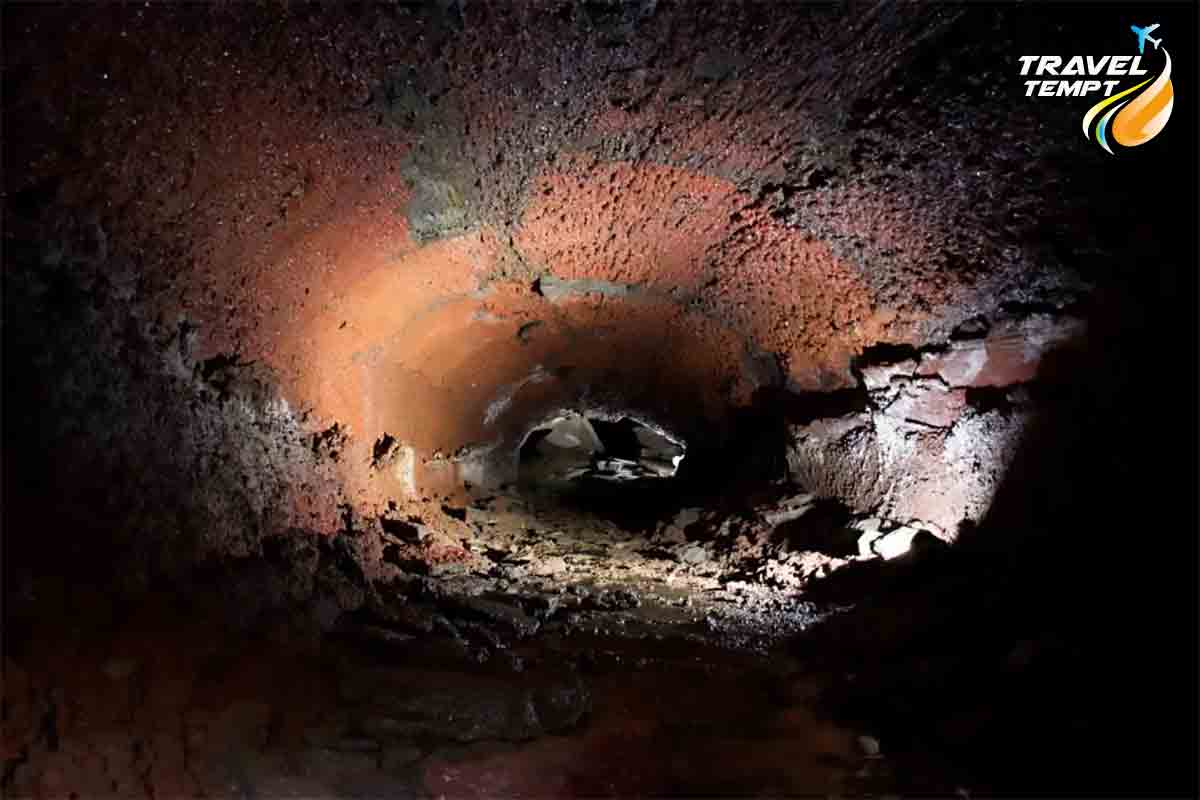
It can be an unforgettable and breathtaking adventure to visit Iceland in February, but you should be ready for the bitterly cold weather.
With average highs and lows of -2°C to 3°C (28°F to 37°F), February is among the coldest months in Iceland. This is the season to expect snow and ice, particularly in the northern and inland regions.
In Iceland, this month is regarded as the low season for tourists, so you can avoid the summertime flocks that sometimes accompany this time of year. Additionally, this month might be more affordable options and easier access to lodging and tours.
- Winter Lights Festival
- Lava caving
- Northern Lights
- Snowmobiling Thrills on Glaciers
- Stay in Glass Igloos
Iceland in March
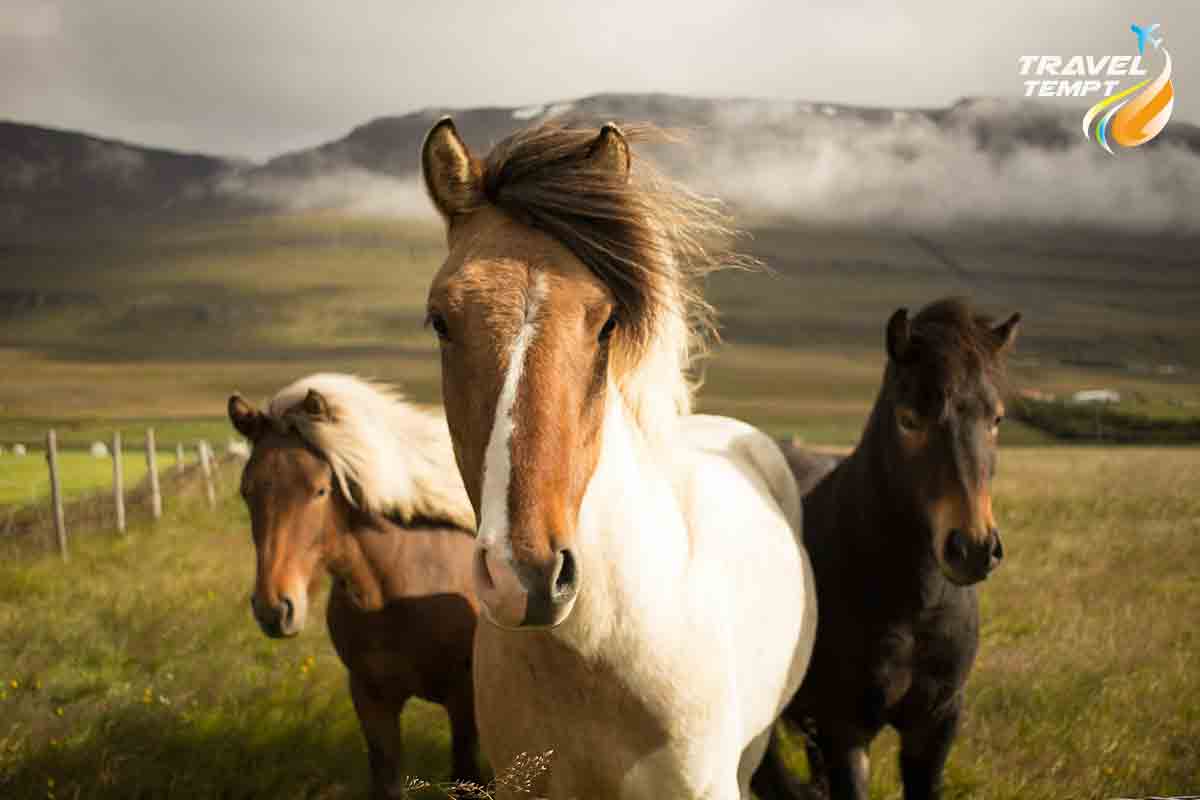
March is a month when Iceland moves from winter to spring. Though it’s still very chilly, the days are growing longer, and eventually, the temperature will be slightly warmer than it would be at the end of winter.
The lengthening daylight hours are one of March’s noteworthy features. There will be more daylight than there is in the depths of winter. You can get approximately 10–12 hours of daylight towards the end of March, which will allow you additional time to explore the cities in Iceland.
The month of March will bring with it the first signs of spring. It will start to melt the snow and ice, exposing the underlying terrain. This can produce a unique combination of sceneries from spring and winter and make it the best time to visit in Iceland.
- Horseback Riding in Spring
- Skiing Adventures in the North
- Reykjavik Folklore Tours
- Annual Beer Festival
- Northern Lights Farewell
Iceland in April
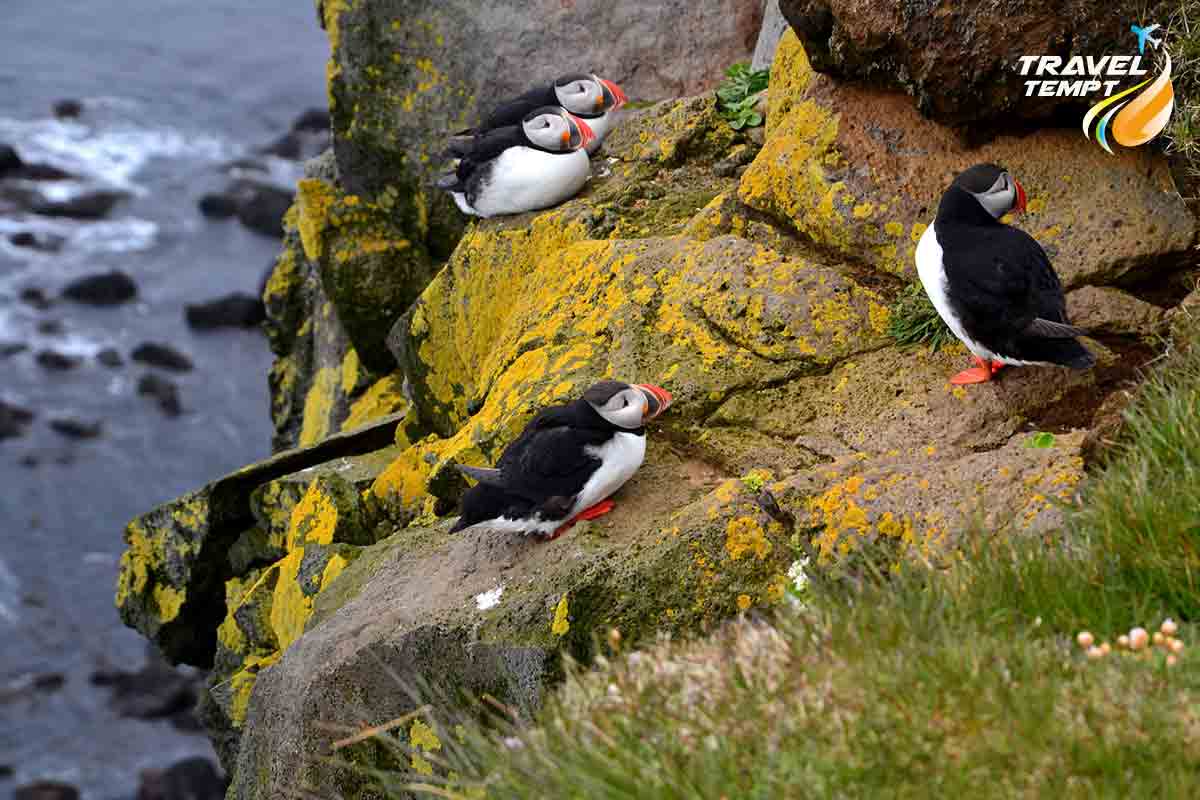
The official arrival of spring in Iceland occurs in April when the country’s climate begins to improve. Iceland awakens from its winter hibernation in April. The landscapes below the snow and ice are more visible at this time.
Greenery is starting to appear in particular locations, and early wildflowers can be seen in bloom. It’s a terrific time for photography as the melting rivers and waterfalls are becoming more vibrant and active.
Some migrating birds return to Iceland during this month. The pleasure of bird watching can be very fulfilling, particularly in areas with wetlands and shorelines. In some places, puffins and seabirds can also be seen.
- Reykjavik International Literary Festival
- Viewing Puffins
- The Golden Circle
- Children’s Culture Festival
Iceland in May
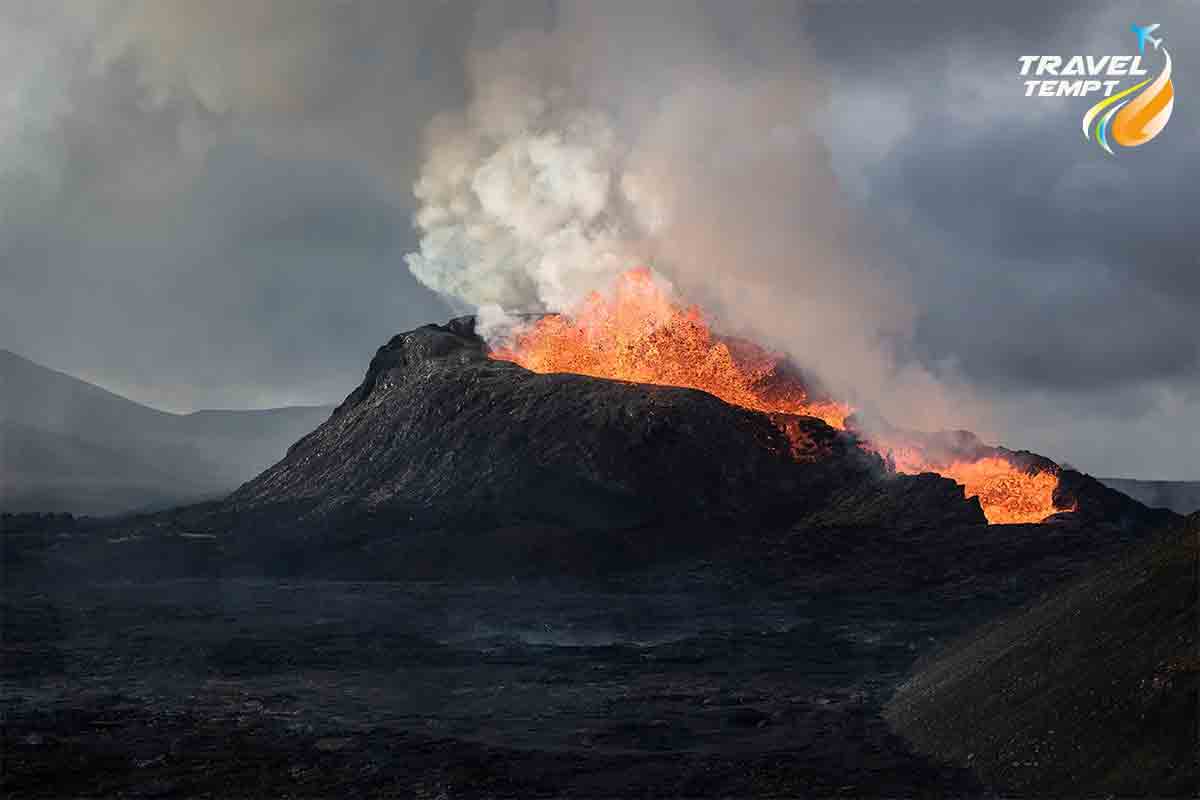
May is the ideal time to visit Iceland because it’s the start of the summer season. The scenery is vivid and gentle, and the weather is pleasant during this time of year. Remarkably, the nation enjoys nearly twenty-four hours of daylight throughout this period.
May is an ideal month for outdoor activities because of the longer days and cooler temperatures. Hiking, touring the outdoors, visiting national parks, and engaging in water sports like fishing and kayaking are all alternatives.
If you want to see Iceland at its liveliest and most vivid, May is a great time to come. It’s the perfect time for excursions and touring because of the pleasant weather, longer days, and gorgeous scenery.
- Bird watching Tour
- Driving around Iceland
- Hike to a Volcano
- Reykjavik Food Walk
- Attend Saga Festival
Iceland in June
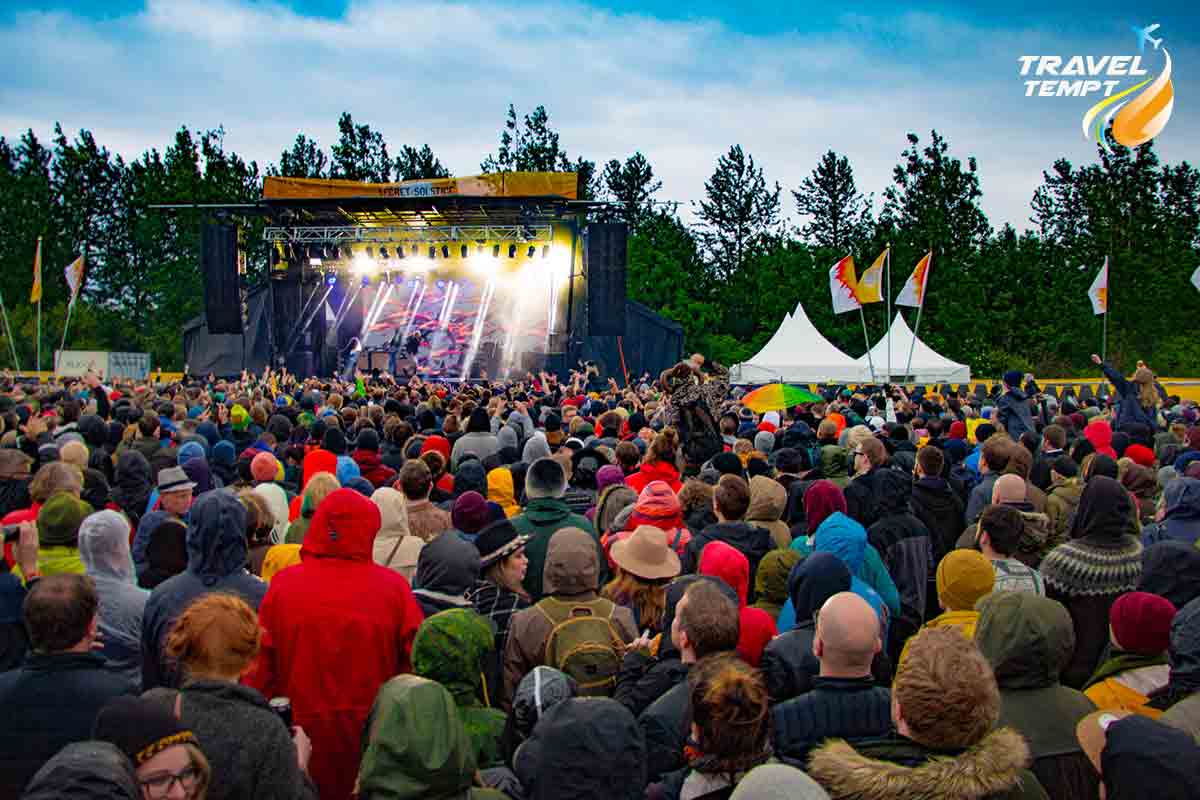
With average temperatures of 7°C to 13°C, June is one of the warmest months in Iceland. During this month, you will have almost 24 hours of daylight since it is the height of the Midnight Sun season.
June is a month with long daylight hours—especially in the northern regions of Iceland—and frequently uninterrupted daylight. Long stretches for daytime are common, even in the southern parts, giving you plenty of opportunities for exploration and outdoor recreation year-round.
Photographers love the delicate, golden light that comes from the midnight sun time. There are many fascinating and breathtaking photo chances because of the gorgeous, warm glow that permeates the scenery.
June is a vibrant month in Iceland, with a wide range of cultural festivals and events happening all around the nation. This is a fantastic chance to learn about and engage with Icelandic customs and culture.
- The midnight sun
- Wildlife Watching
- Secret Solstice Festival
- Lobster Festival
- The Arctic Open
Iceland in July
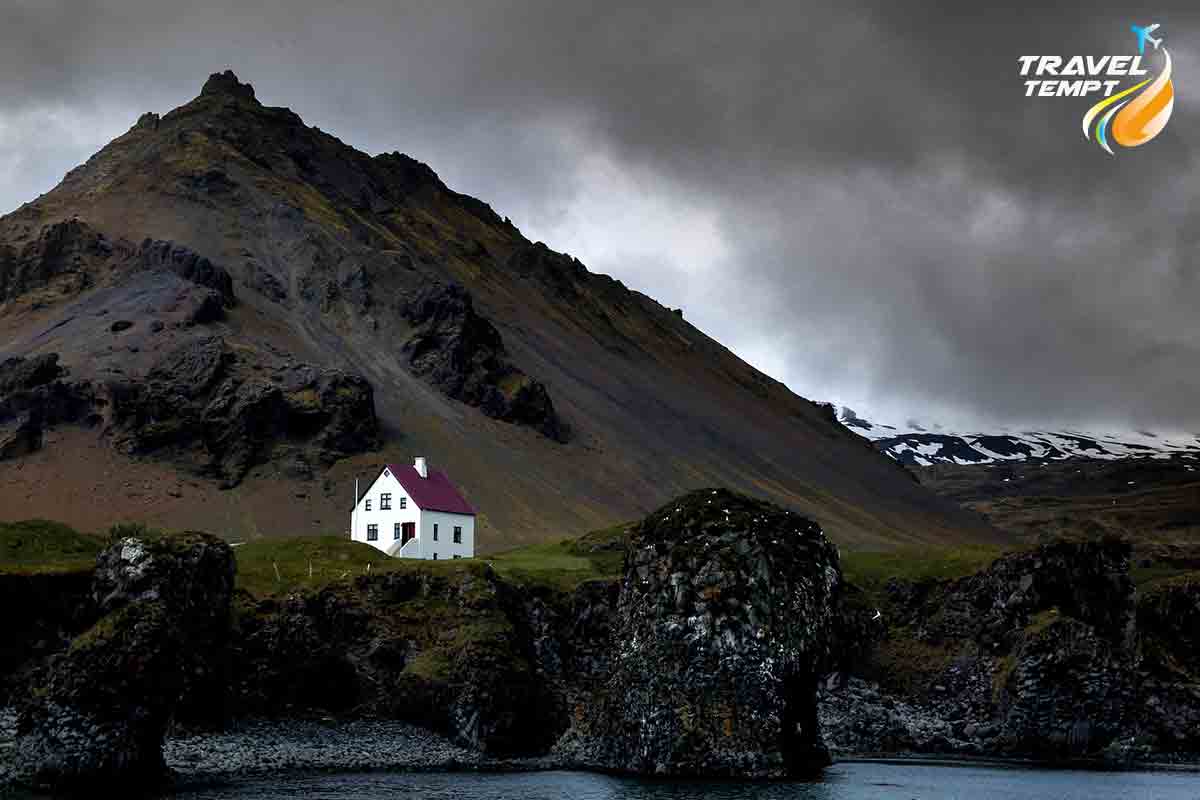
As July falls in the middle of the summer, with average temperatures between 10°C and 14°C, it is a popular and energetic month to visit Iceland. It is a great season to enjoy camping and hiking because of the lovely, mild weather that is to be expected.
July has breathtaking and vibrant scenery. The area is verdant and beautiful, with blooming flowers. Glaciers, waterfalls, and volcanic formations are visible and provide stunning views.
You will have a fantastic chance to enjoy river rafting, horseback riding, glacier tours, local cuisine, art, and music. In this month, many of Iceland’s roads are open and usable, even the more isolated F-roads.
Since July is Iceland’s busiest travel month, popular attractions could get crowded & lodging can fill up quickly.
- Reykjavik Fringe Festival
- Laugavegur Ultra Marathon
- Braðslan
- Irish Days
- The Westfjords
Iceland in August

In Iceland, August marks the end of the summer, and visitors and residents are making the most of the last few days of the season. In Iceland, summer is the busiest season. Although August brings fewer daylight hours, many people take advantage of the last opportunity to visit the sights or engage in activities that are off throughout the year.
August in Iceland is often between 10 and 15 degrees Celsius, and you won’t be able to experience some of the strongest Icelandic breezes.
You won’t be able to see the midnight sun because there is less daylight. Summer is often considered to be the worst season to see the Aurora Borealis, and since night is decreasing in Iceland.
While you may see this natural wonder, it will undoubtedly not be the stunning show you have in mind because August is still too light.
- Verslunarmannahelgi
- Reykjavik Pride
- þjóðhátíð
- The Annual Firework Show
- Iceland Mountains
Iceland in September
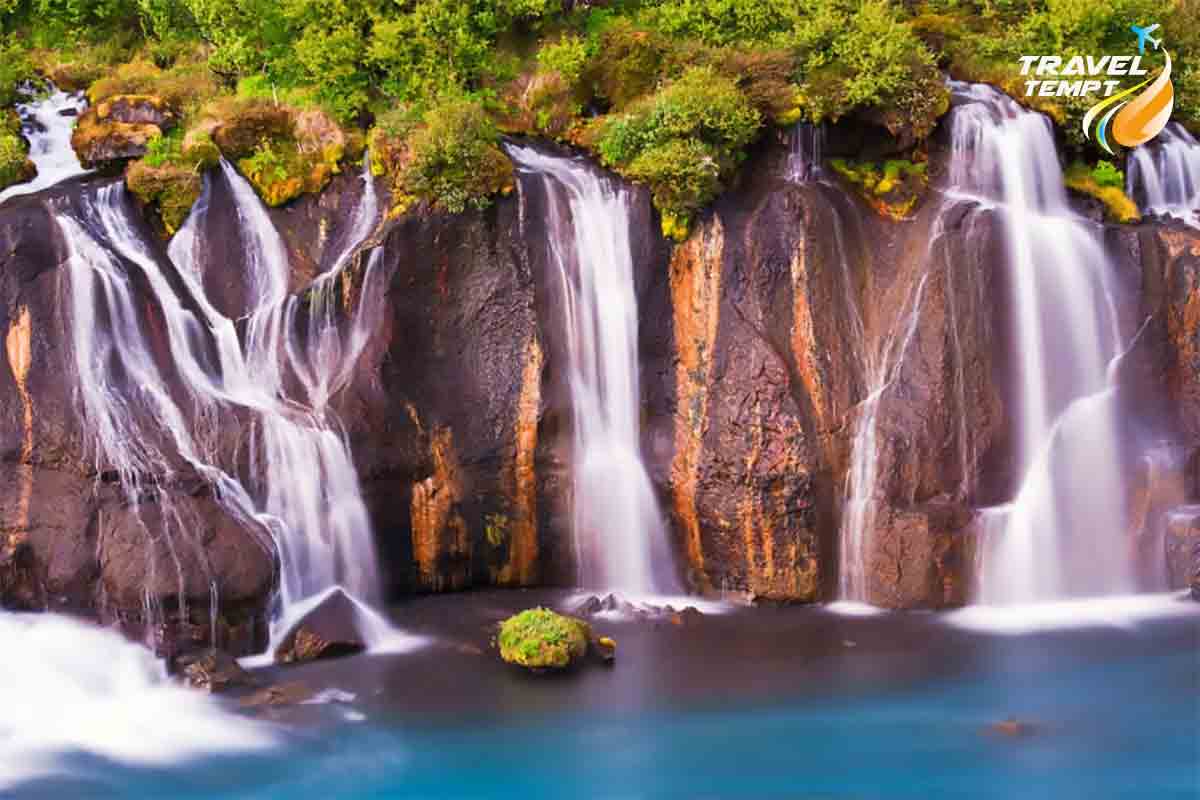
September is when Iceland welcomes the fall season. Despite being a transitional era, it has particular advantages for those who want to see Iceland from a fresh angle.
The usual range for temperatures for September is between 6°C and 11°C, which is colder than it is throughout the summer. As the month goes on, the days get progressively shorter.
Compared to the busiest summer months, September appears to be the shoulder season, with fewer tourists. There might be less of a wait for significant sights, and lodging and tours might be easy to get by.
- Northern Lights
- Reykjavik International Film Festiva
- Hraunfossar Waterfall
- Snæfellsnes Peninsula
- The Night of Lights
Iceland in October
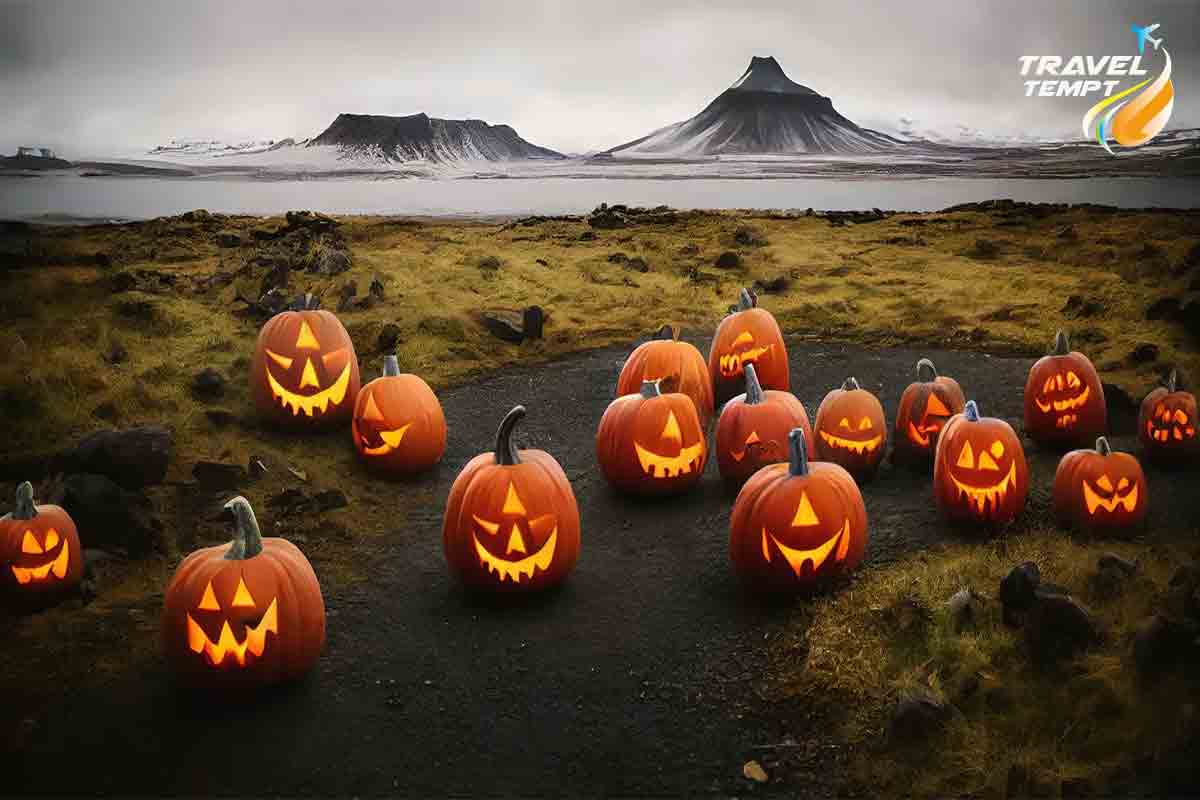
October averages between 3°C to 8°C and it’s much colder than summertime temperatures. The Icelandic winter has already started this month, so expect cold temperatures.
October offers a variety of outdoor activities despite the lower temperature, such as hiking, exploring national parks, seeing waterfalls, and taking mountain tours. Bird watching is still a popular activity, and the fall colors are spectacular.
October usually has acceptable road conditions but remains ready for sporadic snow or rain. In cooler temperatures, dress warmly and in layers to stay comfortable.
This month may be the best time to visit Iceland if you appreciate the fall colors and the chance to view the Northern Lights, but it’s essential to be prepared for the colder weather and shorter daylight hours.
- Northern Lights
- Driving at Ring Road
- Icelandic Halloween
- Concerts and Live Shows
Iceland in November
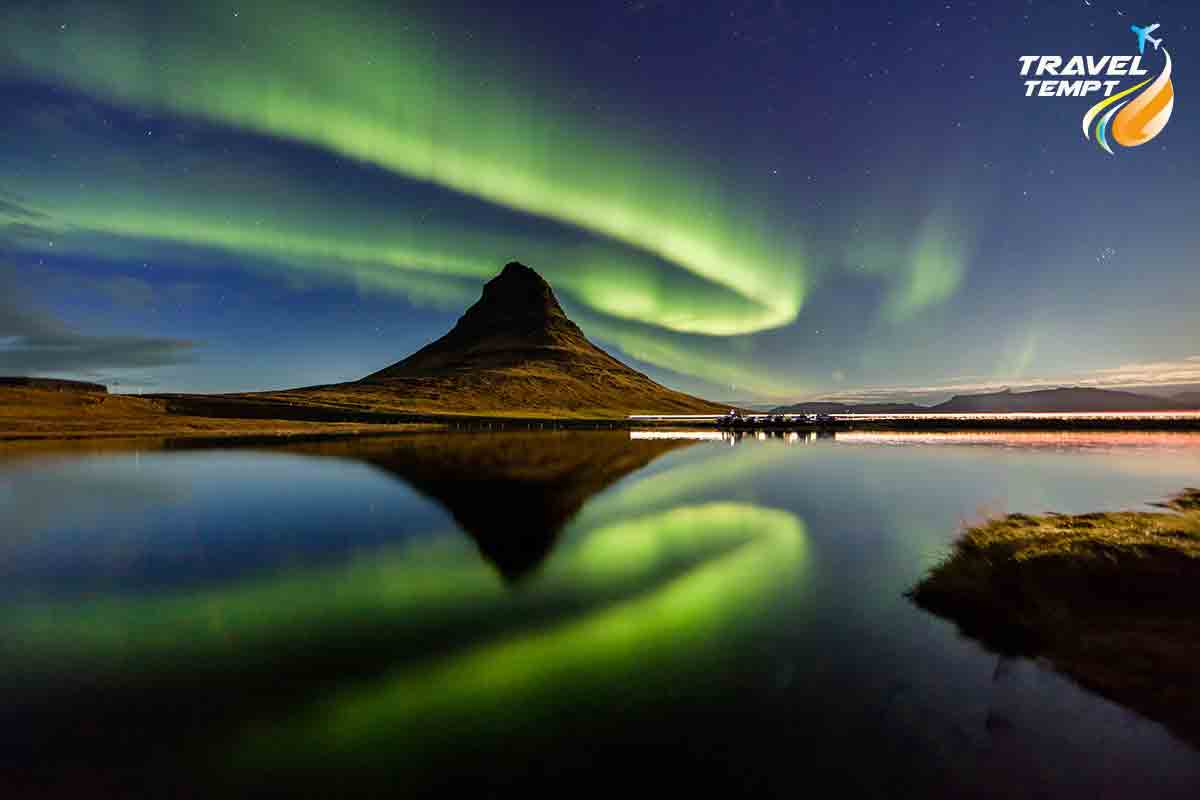
November is the most notable month to see the Northern Lights (Aurora Borealis). The extended evenings offer fantastic chances to see this breathtaking natural event.
With average highs of -1°C to 4°C, November is among the coldest months in Iceland. Snow and ice began to appear more frequently by November, particularly in the northern and inland areas.
You can still enjoy winter sports like ice caving, glacier hiking, and snowmobiling even while the weather limits your outdoor options. Remember that owing to winter circumstances, some hiking trails can be closed.
- Northern Lights
- Wildlife Encounters
- Waterfalls in Iceland
- The Icelandic Airwaves
- The Blue Lagoon
- Whale Watching
- Quaint Villages
Iceland in December
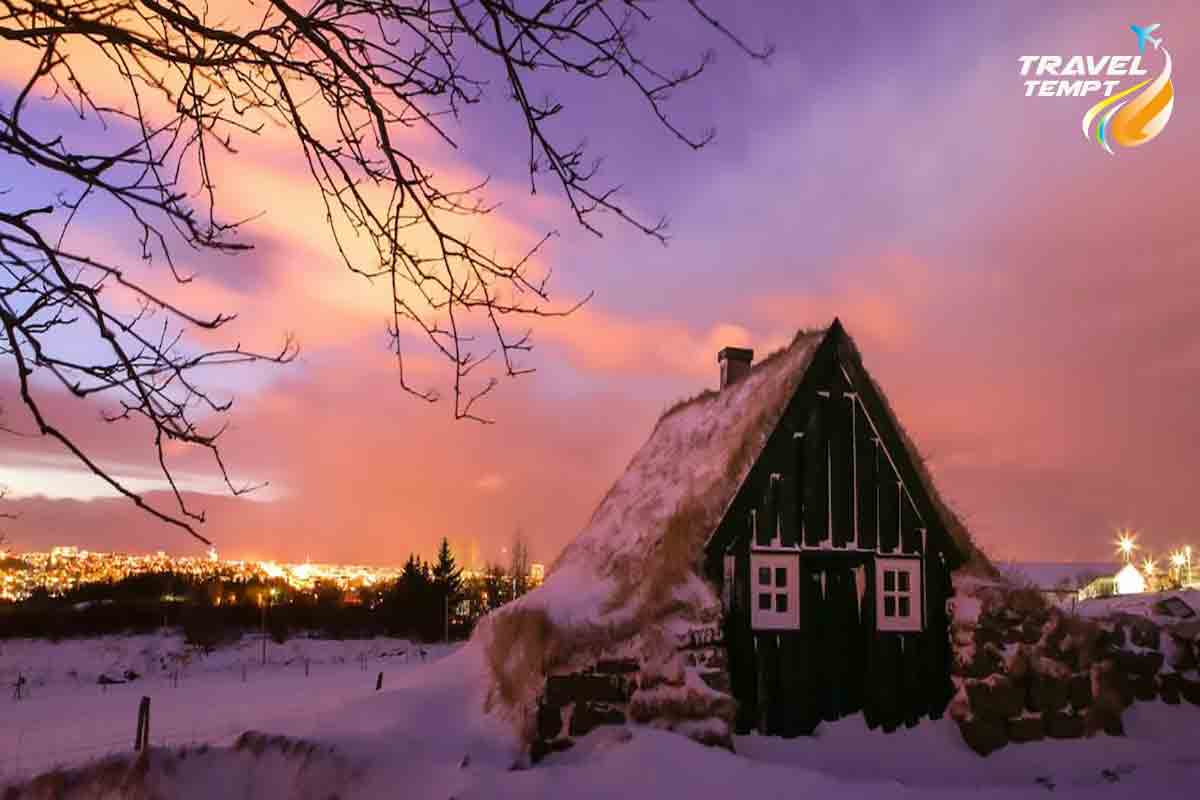
With the chance to see the Northern Lights and take in a wintry wonderland, December in Iceland offers an unforgettable and captivating experience.
In December, the average temperature in Iceland is between -1°C to 3°C. Anticipate chilly, wintry weather with a chance of snowfall.
It’s the holiday season in December, and Reykjavik and other towns have Christmas markets and lots of festive decorations. Christmastime in Iceland is a lovely time to explore the traditions.
- Northern Lights
- New Year’s Eve Celebrations
- Celebrate Christmas
- Christmas Village
- St. Þorlákur’s Day
Conclusion
The best time to visit Iceland depends on your interests and tastes; therefore it’s a personal choice. Iceland provides a wide variety of experiences all year long, regardless of your preference for the brightness of summer or the serenity of winter. You may customize your trip to make enduring memories in this region of fire and ice by taking into account elements like the weather, things to do, and cultural events.
